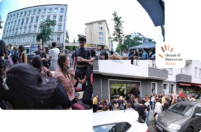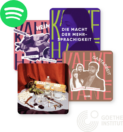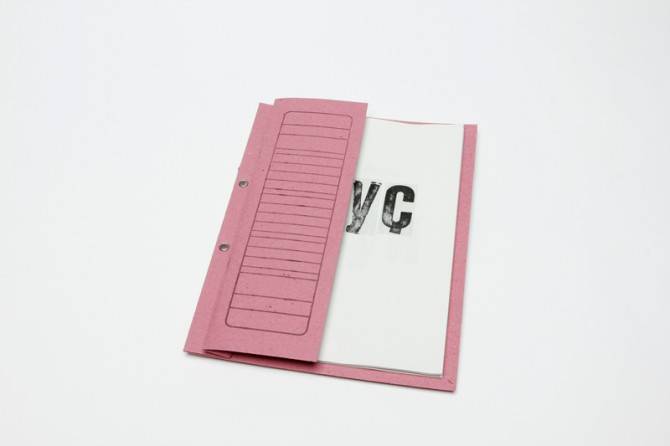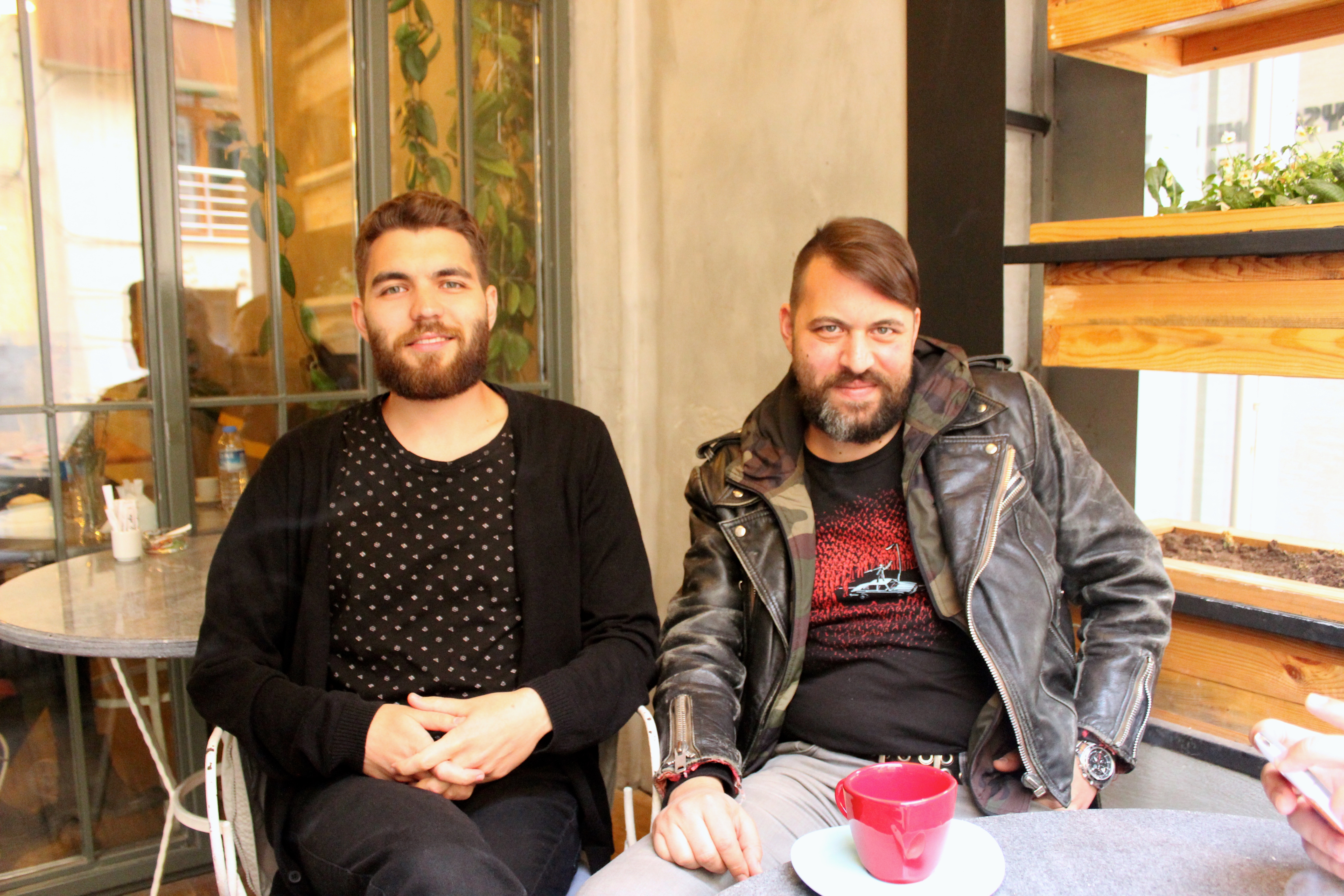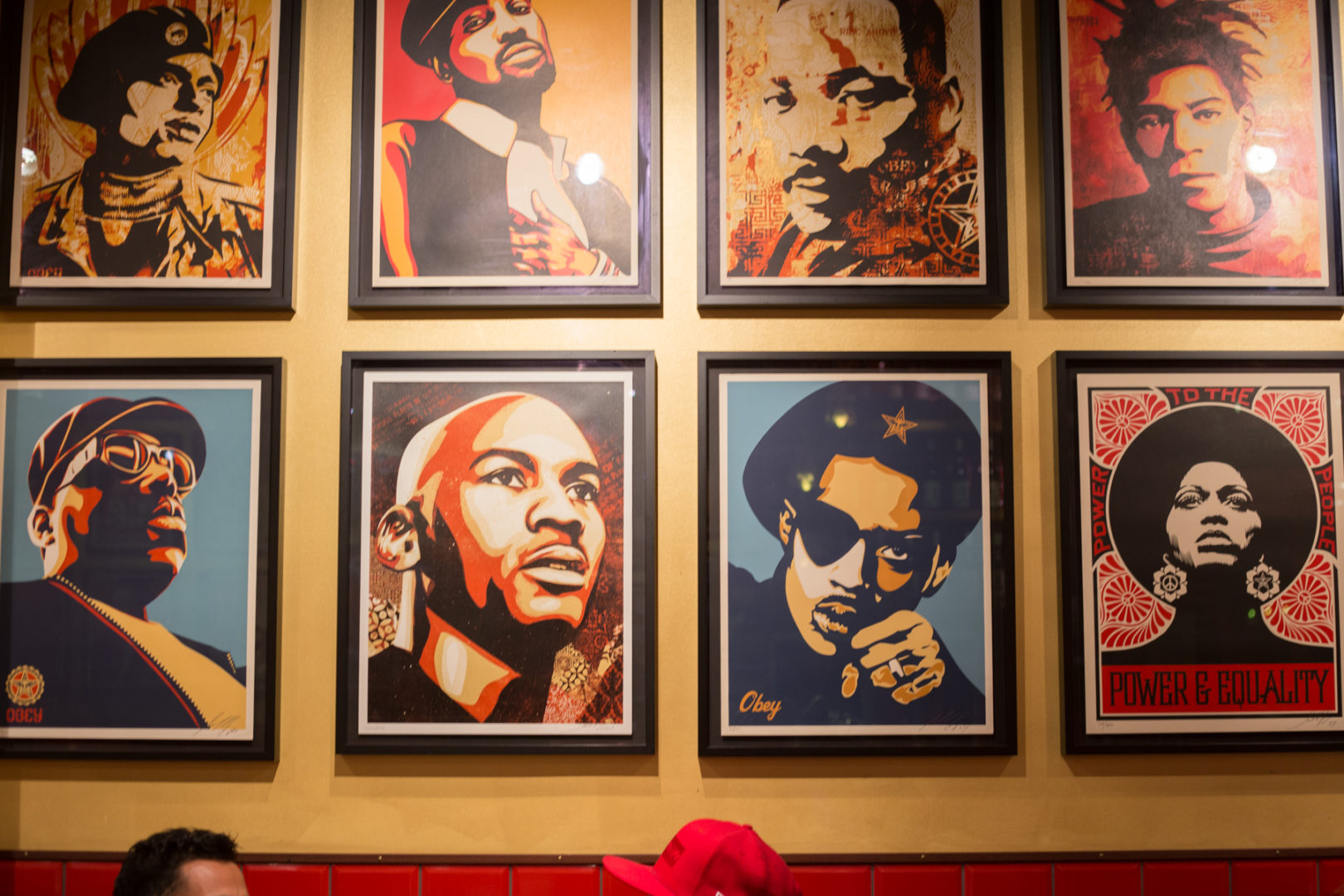He deejayed in Israel, Morocco and France, and made a name for himself in the electronic music scene. DJ Mehmet Aslan uses old Turkish songs from funk, rock and disco and has them face off against and permeate electronic beats. About a year ago, the Swiss born DJ moved from Basel to take a job in the techno metropolis Berlin.
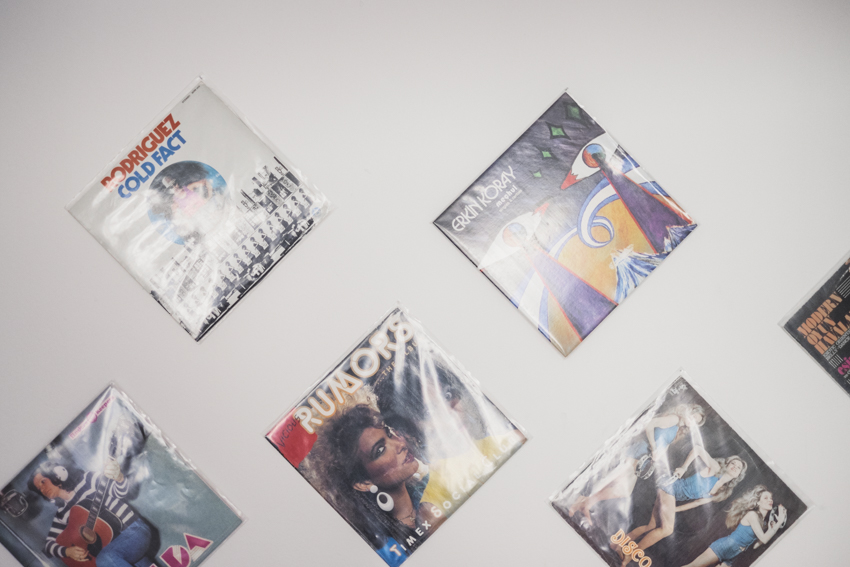
The description of your music style on your website reads: »When Selda meets Redshape in an elevator.« how is this to be understood?
I derived that from another line that a producer from Detroit once used: »When Kraftwerk got stuck with George Washington in an elevator«. I adapted it so people can get an idea of what my music is like. Selda is one of the most important representatives of anadolu-rock and has regained some fame in recent years. Redshape is a techno producer that I hold in high esteem.

How would you describe your first few weeks in Berlin?
Well I didn’t move here for my music, rather for a job as a graphic designer. Actually, it was not my goal to seriously pursue being a DJ here. Then I met the people from Salon zur Wilden Renate and we resonated very well and inspired each other. The openness in Berlin is really unique. I had to learn how not to party too much in the beginning, otherwise I wouldn’t have been able to work during the week. It’s very easy to let yourself drift and succumb to the city’s various temptations.
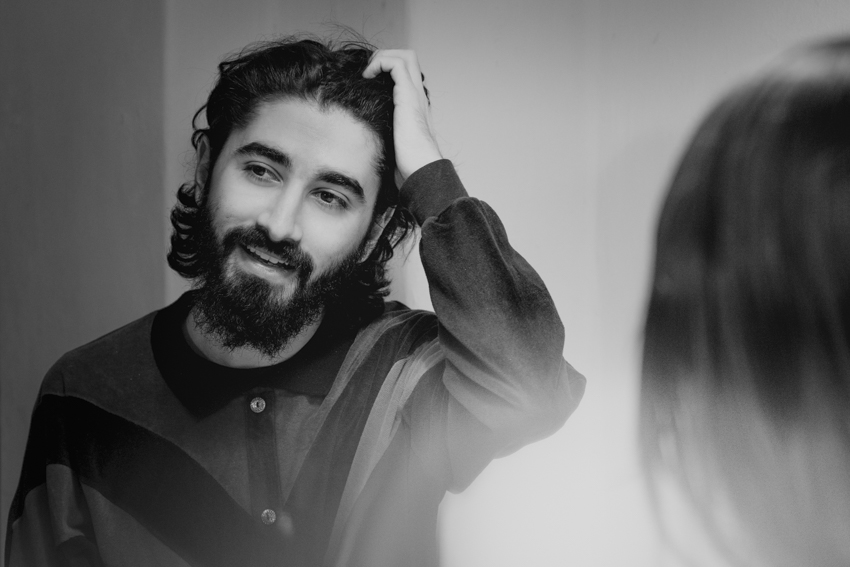
Was your intention to mix electronic beats with Turkish songs to make them even easier to dance to, or is it a way for you to reflect on your Turkish heritage?
I followed my own path because of my Turkish roots – also in order to get to know them better. Somehow, my love for Turkish music is closely connected to this. I was able to combine my interest for electronic music and my Turkish heritage and see where it lead. At the moment my question is how I can merge the two even more in order to produce something of my own. That probably sounds quite ambitious, because it will need time if it is to become something of its own, something different.
How do you decide which record is suitable for sampling and which is not?
The main condition is that there is a danceable element in the piece and that the production quality is at least halfway decent. It should also contain elements that are more concise, for example just percussions, so that many elements of the piece can be taken out and added to something else. Usually I see if it works in the original tune first. I sometimes edit just to adjust the flow. There are old pieces that stand for themselves. With these pieces, a DJ should only work out what could be added to create something different. There are too many edits out there that were unnecessary.
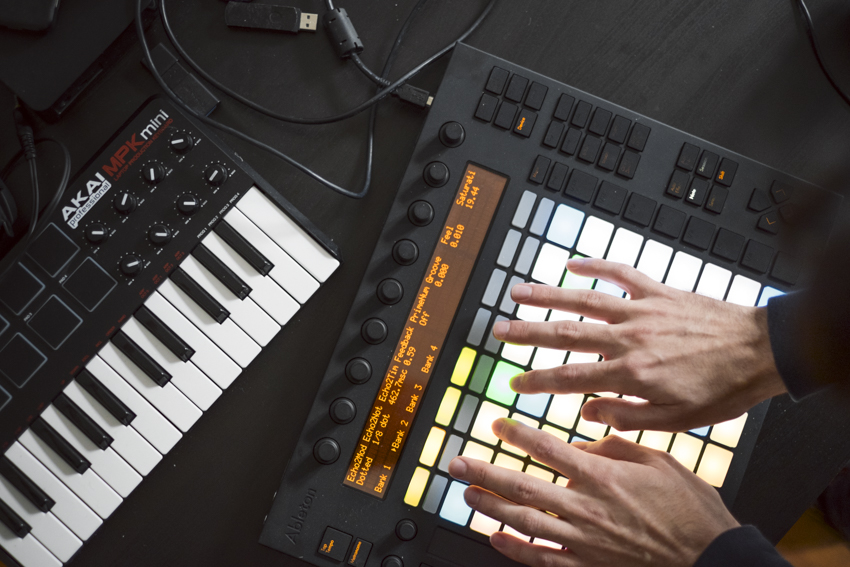
Do you get your dance on sometimes when you’re not deejaying yourself?
Yes. There are many DJs that don’t, but I like dancing a lot – and not just to techno music. I try to keep an open mind. I always allow myself be guided by different styles in order to absorb as much as possible. In my opinion, it’s crucial that a DJ has a very broad knowledge of music and is not just lining up one piece after another.
Which of your gigs surprised you?
Right away, that makes me think of a gig at the Nuits Sonores festival spin-off in Tanger. It was in an old Club in Morocco that seemed rather traditional. Usually there are mainly men sitting at tables and they are entertained with belly dancing and live music. I didn’t expect the guests at the party – women and men alike – to unwind like they did. You have to know that in Morocco there is no clubbing culture like in Berlin and people are not allowed to drink alcohol outdoors. What made the atmosphere unique was the mixture of festival-goers and the original inhabitants.
It is interesting to see what a DJ set can set in motion
Do you deejay in Istanbul as well?
I’ve only been there for one gig so far. It was cool, but I played fewer Turkish tunes than you would expect. The people in Istanbul know all of these already; it is hard to move anyone with Turkish sounds. To be honest, I didn’t feel as free. A colleague of mine played a piece that night, which contained a Muezzin’s 30 second long call to prayer. Shortly after, we received a message in which one of the guests complained about how this sound should not be played in a nightclub. That message was somewhat of a threat. The owners of the club were either unable or unwilling to understand this. From a religious perspective, I can understand the complaint, even if I don’t agree with such a harsh reaction. It is interesting to see what a DJ set can set in motion.
Where else are you going to play this year?
My next gig is on April 11th in Minimüzikhol in Istanbul, then in Salon zur Wilden Renate on April 25th and in the beginning of May I’ll play in Amsterdam. The Nuits Sonores festival in mid-May in Lyon will have a stage exclusively for Eastern sounds. I’m going to play there with Baris K – one of the first musicians that produced edits of Turkish music. In addition to that, I’m going to play at more festivals this summer, amongst others one on the island of La Réunion.
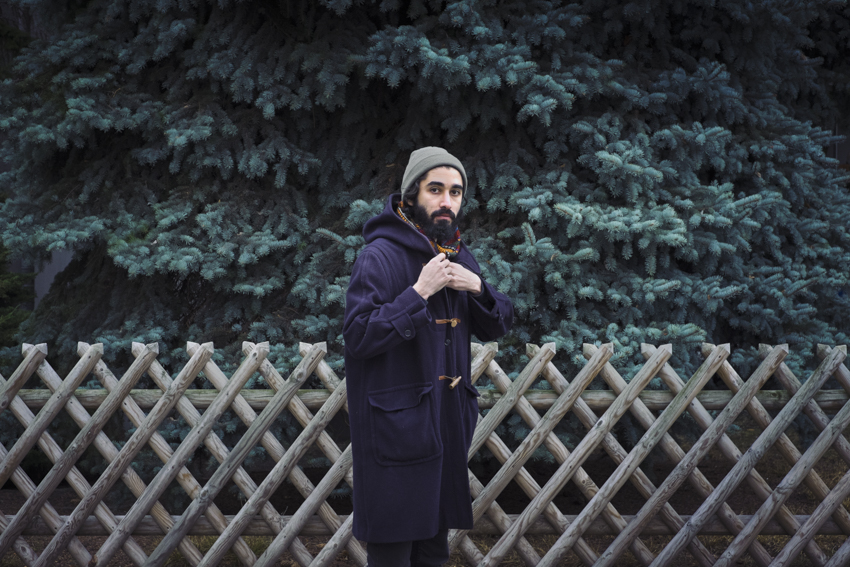
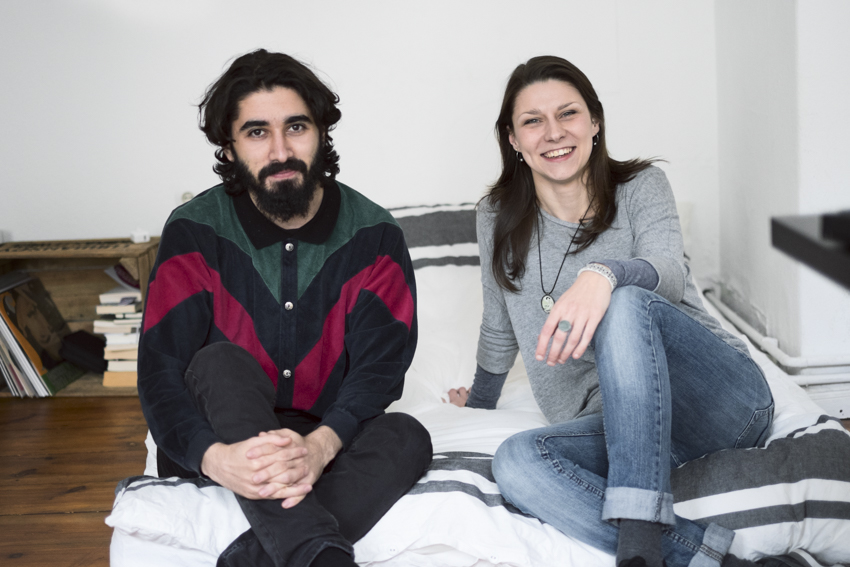
Translation: Christoph Goeller
